Measuring Developer Productivity: Innovative Approaches and Redefined Metrics


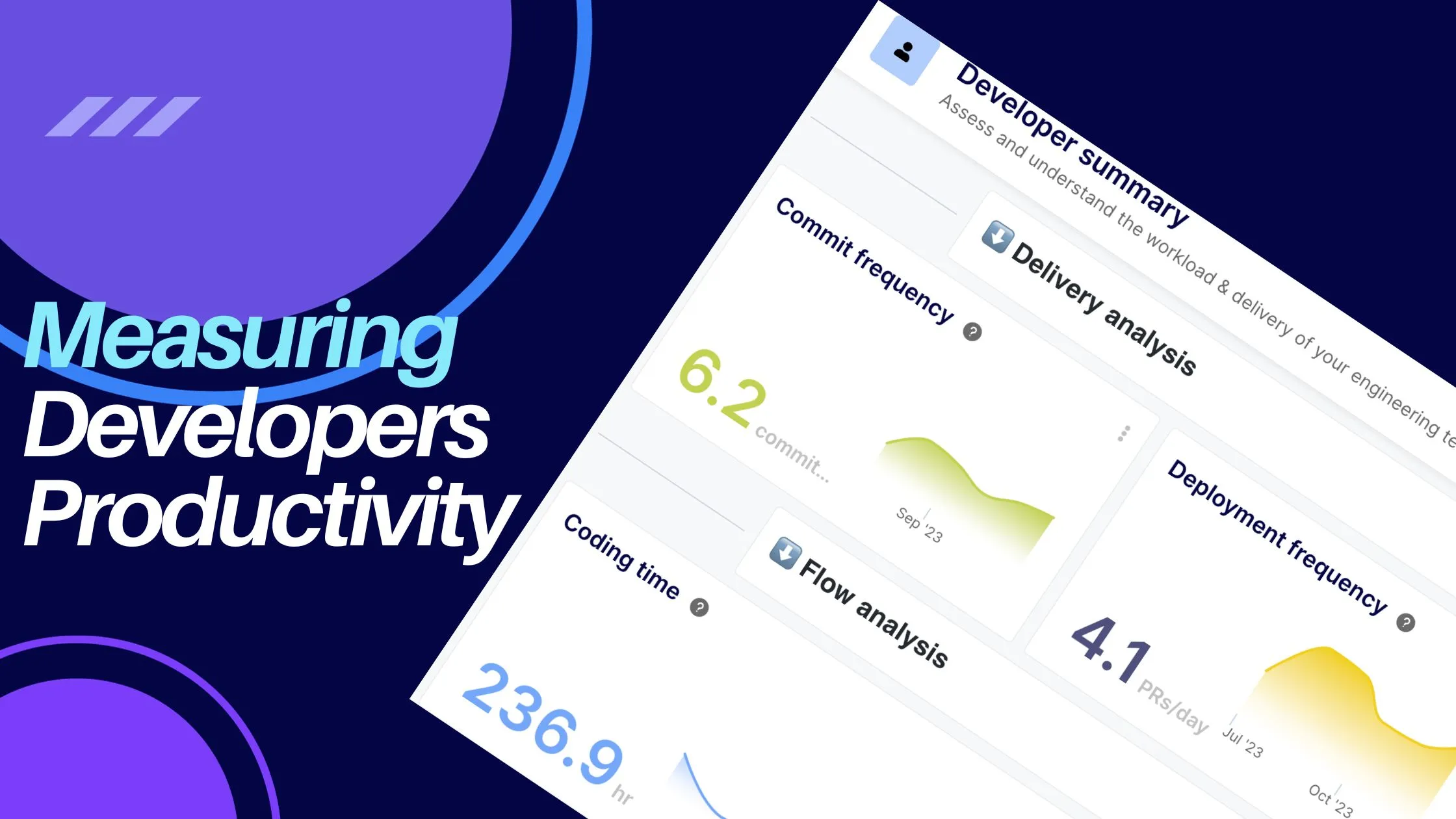
In the ever-evolving landscape of software development, measuring developer productivity has been akin to finding a phantom—a crucial yet elusive goal. Traditionally, businesses have clung to metrics like Lines of Code or commit frequencies, akin to using a sundial in the digital age. But let's face it: these antiquated measures alone are as effective in assessing developer productivity as counting raindrops in a storm for weather forecasting.
The crux of the problem? These isolated metrics don't just fall short; they mislead. They paint a picture far removed from the reality of modern software development, where creativity, problem-solving, and collaboration reign supreme over raw output. It's time to turn the page. The advent of new methods in measuring developer productivity isn't just a shift; it's a revolution.
This article delves into why the old guard of productivity metrics is failing us and how emerging methodologies provide a clearer, more accurate window into the true productivity of developers. We're not just revisiting the concept of productivity measurement; we're redefining it, armed with data-driven tools and insights that promise to illuminate the dark corners where traditional methods falter. So, let's embark on this journey to unravel the new narrative of developer productivity, where the numbers tell stories, not just tally marks.

In the quest to quantify the intangible—developer productivity—traditional metrics have long been the compass by which organizations have navigated. Let's peel back the layers of these conventional metrics to understand their role and limitations.

While these metrics offer a tangible measure, they are fraught with pitfalls:
In summary, traditional metrics alone, in their rigid quantification, miss the forest for the trees. They fail to capture the nuanced and multifaceted nature of software development, often leading to a skewed or incomplete view of a developer's true productivity and value. As the software development landscape evolves, so too must our tools for measurement, leading us toward more holistic and insightful methods of assessing developer productivity.

The journey of measuring developer productivity has been a tale of constant evolution, marked by shifts from simplistic metrics to more holistic, nuanced approaches.
In the early days of software development, productivity was often gauged by rudimentary metrics like Lines of Code (LOC). This era treated code as a manufacturing output, where more code was equated with higher productivity. However, this approach soon revealed its shortcomings. It overlooked the quality, complexity, and the context of the code written, leading to a skewed understanding of productivity.

As software development matured, the focus gradually shifted from quantity to balancing delivery and quality. The introduction of Agile methodologies and DevOps practices brought a paradigm shift. Metrics started to encompass not just the code, but also the process and the people behind it. This era saw the emergence of metrics like Cycle Time, Bug Resolution Rates, and Task Completion Times.

A significant leap in developer productivity measurement came with the introduction of the DevOps Research and Assessment (DORA) metrics. These metrics, now integral to many modern frameworks, include aspects like Deployment Frequency, Lead Time for Changes, Time to Restore Service, and Change Failure Rate. They provide a comprehensive view of the development process, focusing on efficiency, reliability, and the rapid delivery of software.
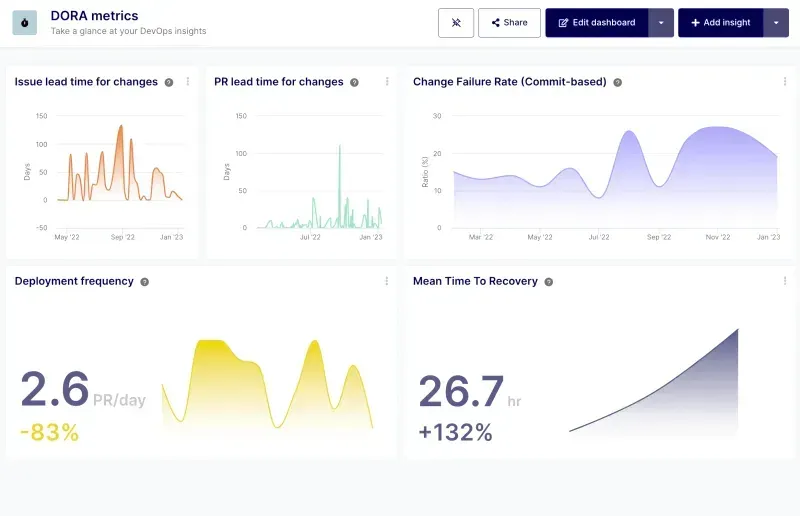
Software development analytics tools have further advanced the field with its array of metrics tailored for the software development lifecycle (SDLC). Metrics like Review Time, Merge Time, and Coding Time offer insights into specific development stages. Additionally, software development analytics tools facilitate the assessment of broader aspects such as software process quality, delivery, and audit/compliance, ensuring a holistic view of productivity.
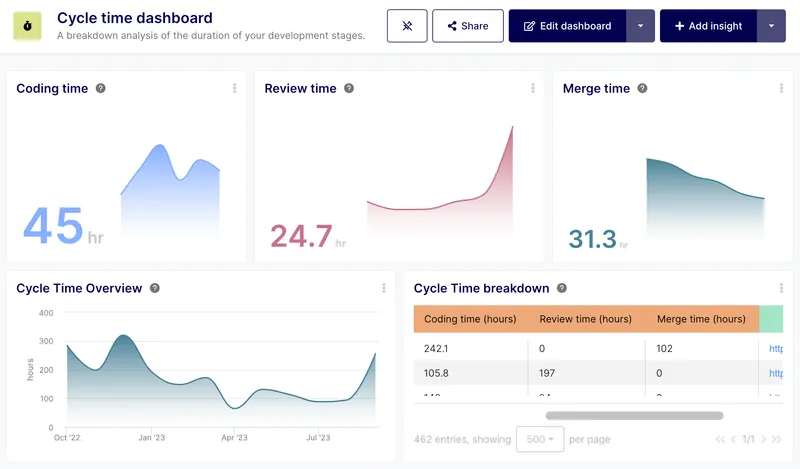
Software development analytics tools also align with the contemporary trend of setting objectives and key results (OKRs) for developers, integrating productivity metrics with broader business objectives. This approach helps in aligning individual developer goals with the company’s strategic objectives, ensuring that productivity is not just about code output but also about the impact and value it brings to the business.
Innovative developer productivity metrics provide a more nuanced and comprehensive understanding of developers’ contributions:
The Developer Summary Dashboard is specifically designed to address the diverse requirements of modern software teams. It demystifies the complexity of various engineering metrics, presenting a clear and detailed view of delivery performances and trends.
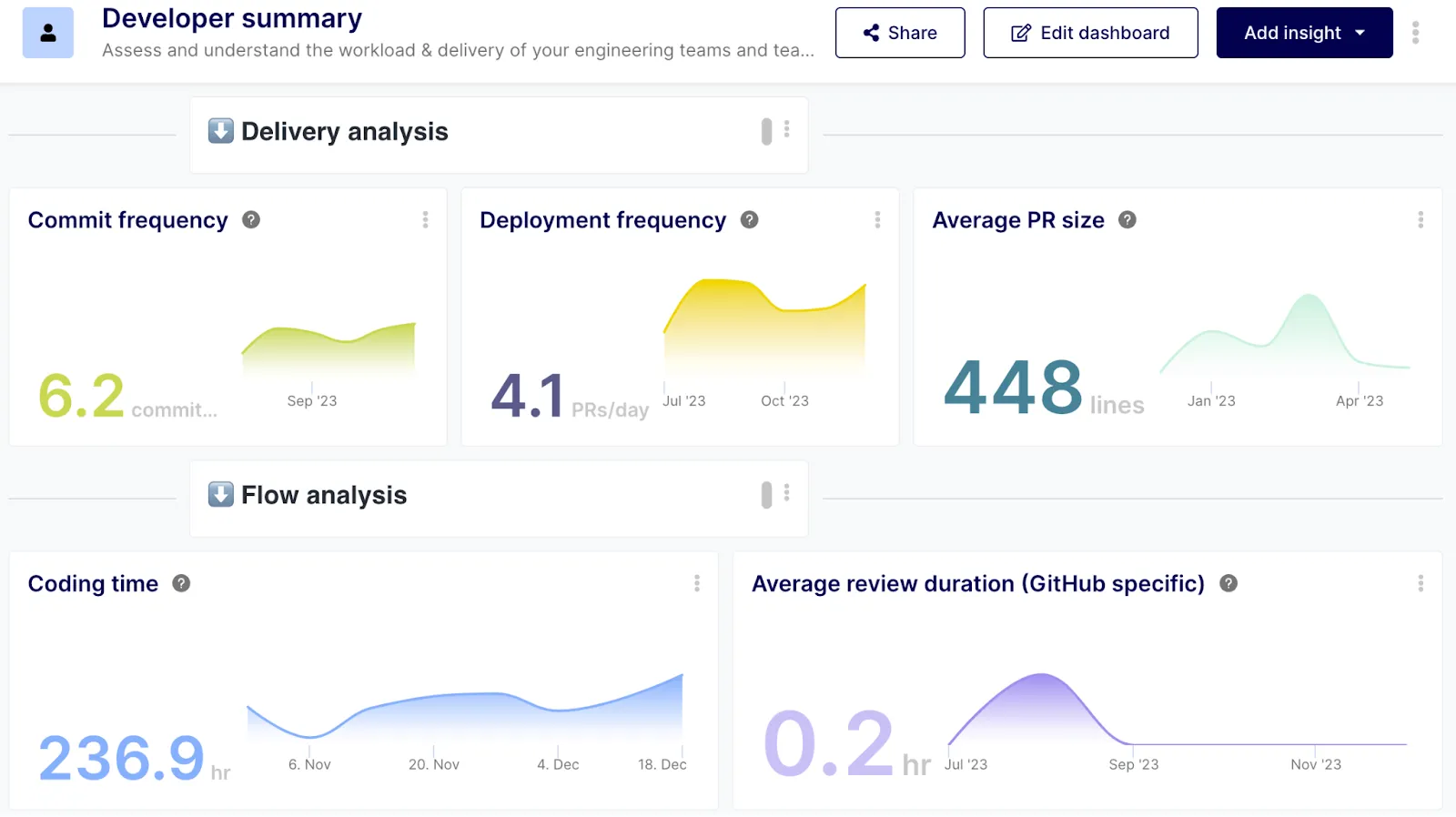



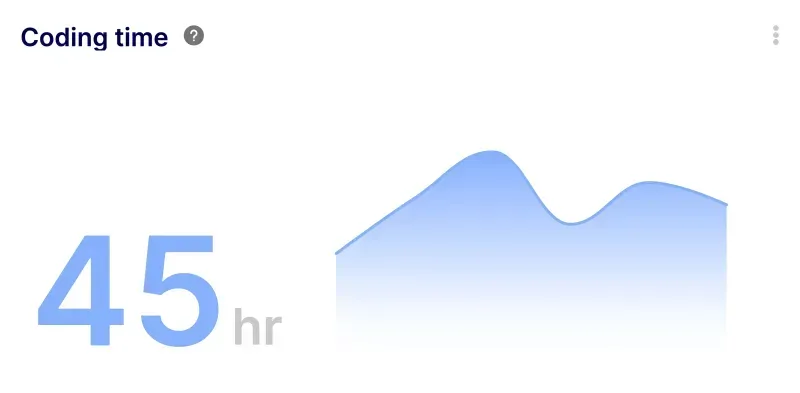

Leverage the Developer Summary Dashboard to address critical questions and enhance team performance:
The dashboard also provides key metrics for proactive management and problem-solving in software development:
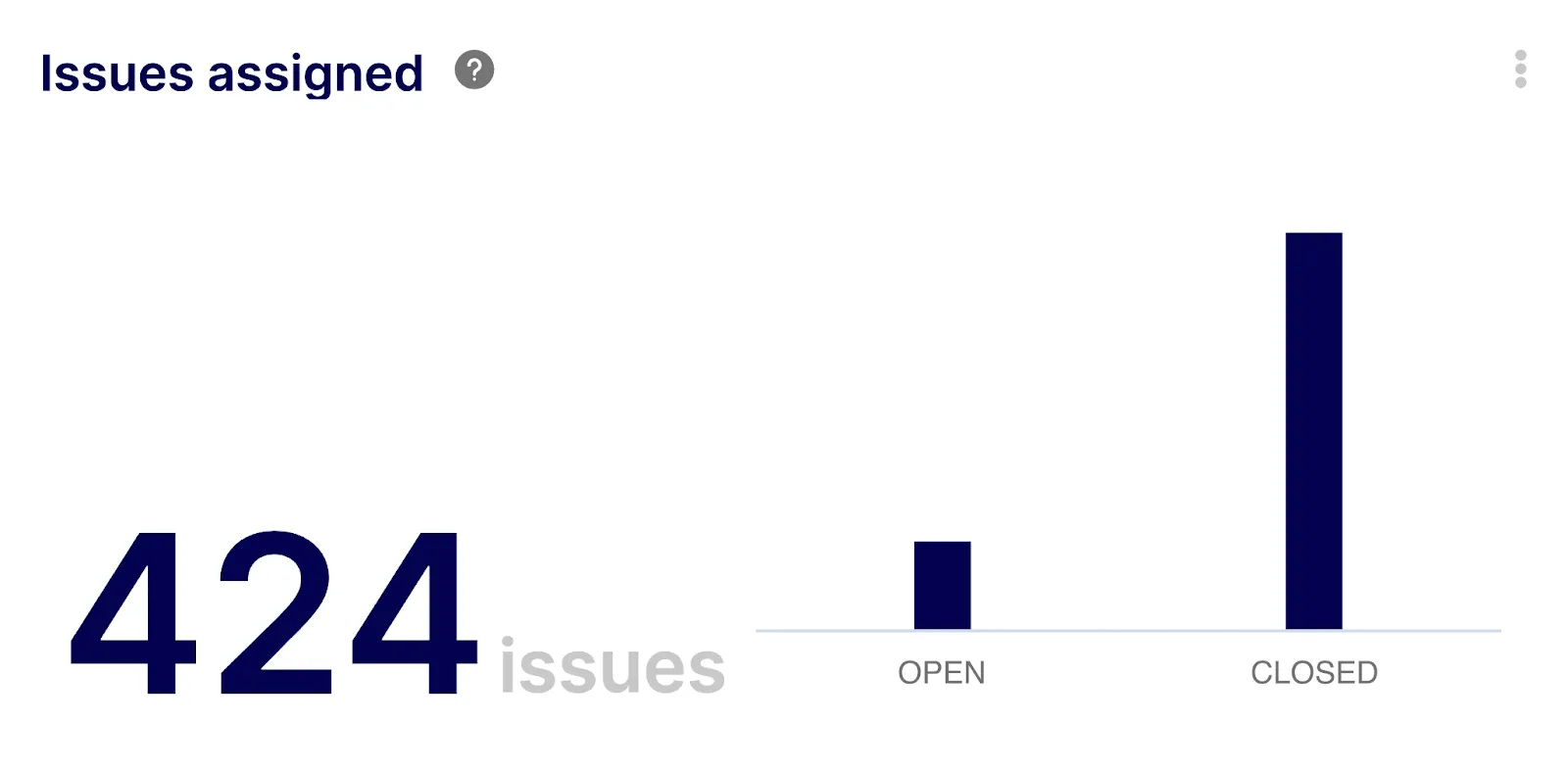
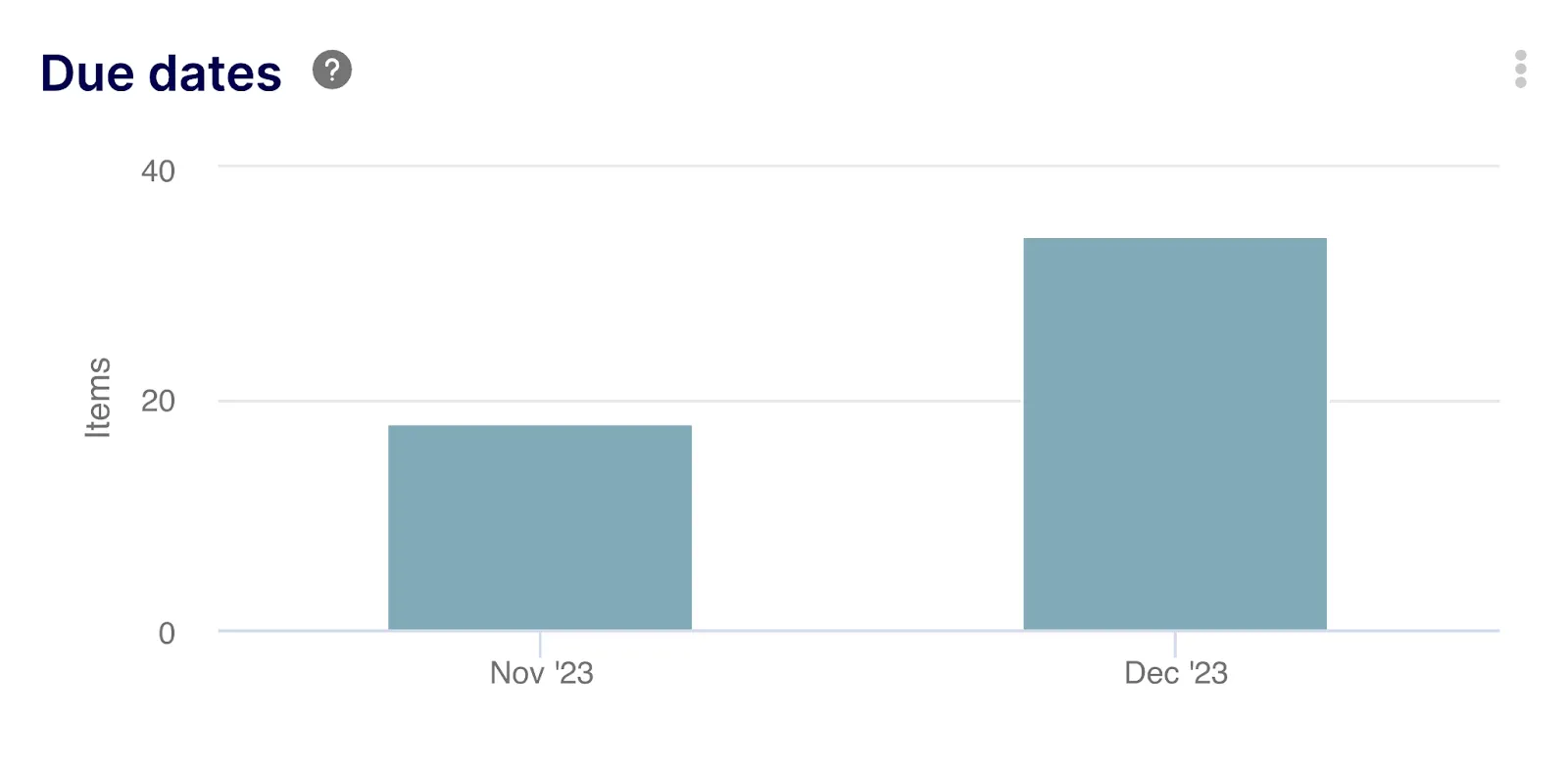
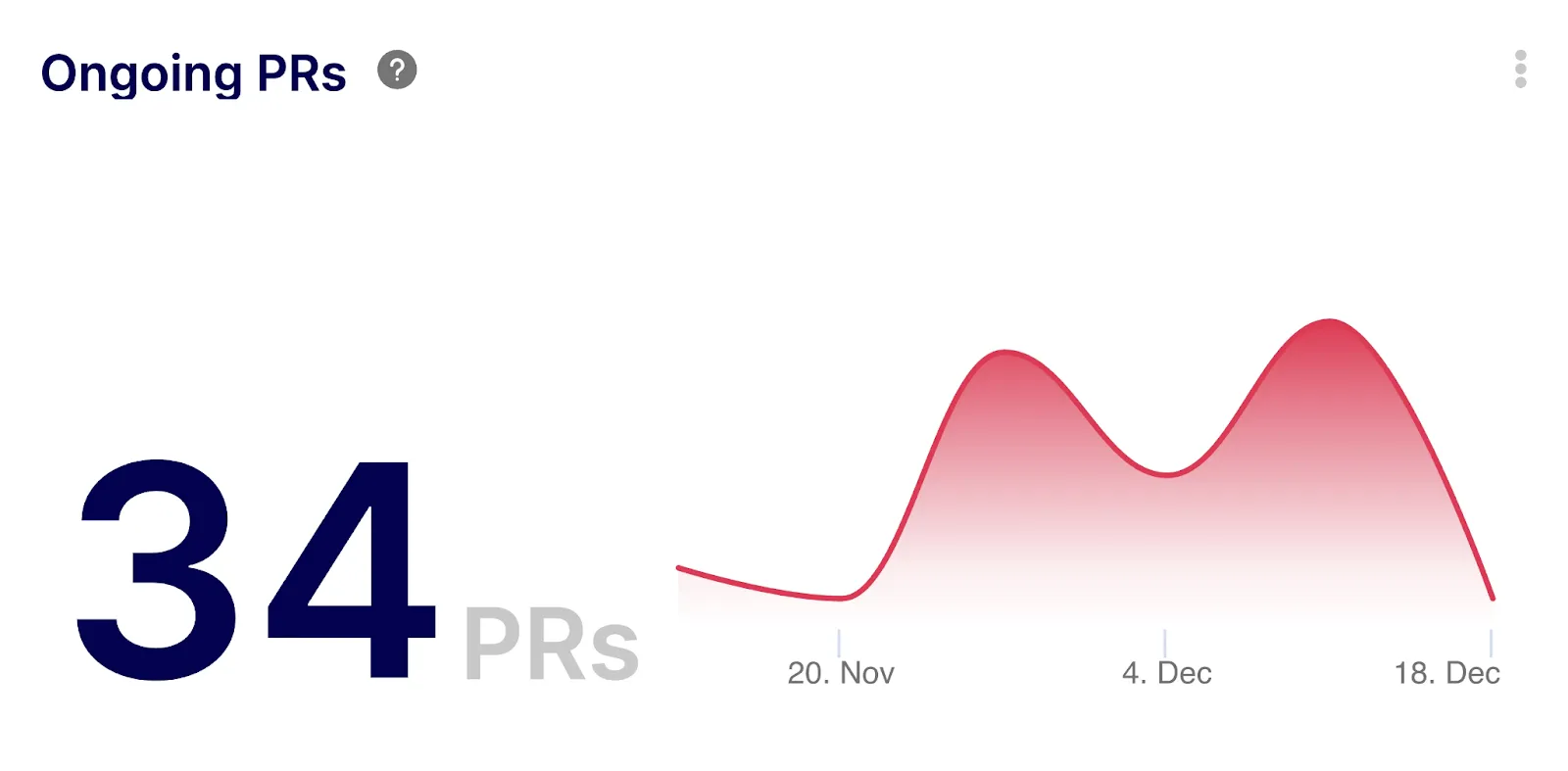

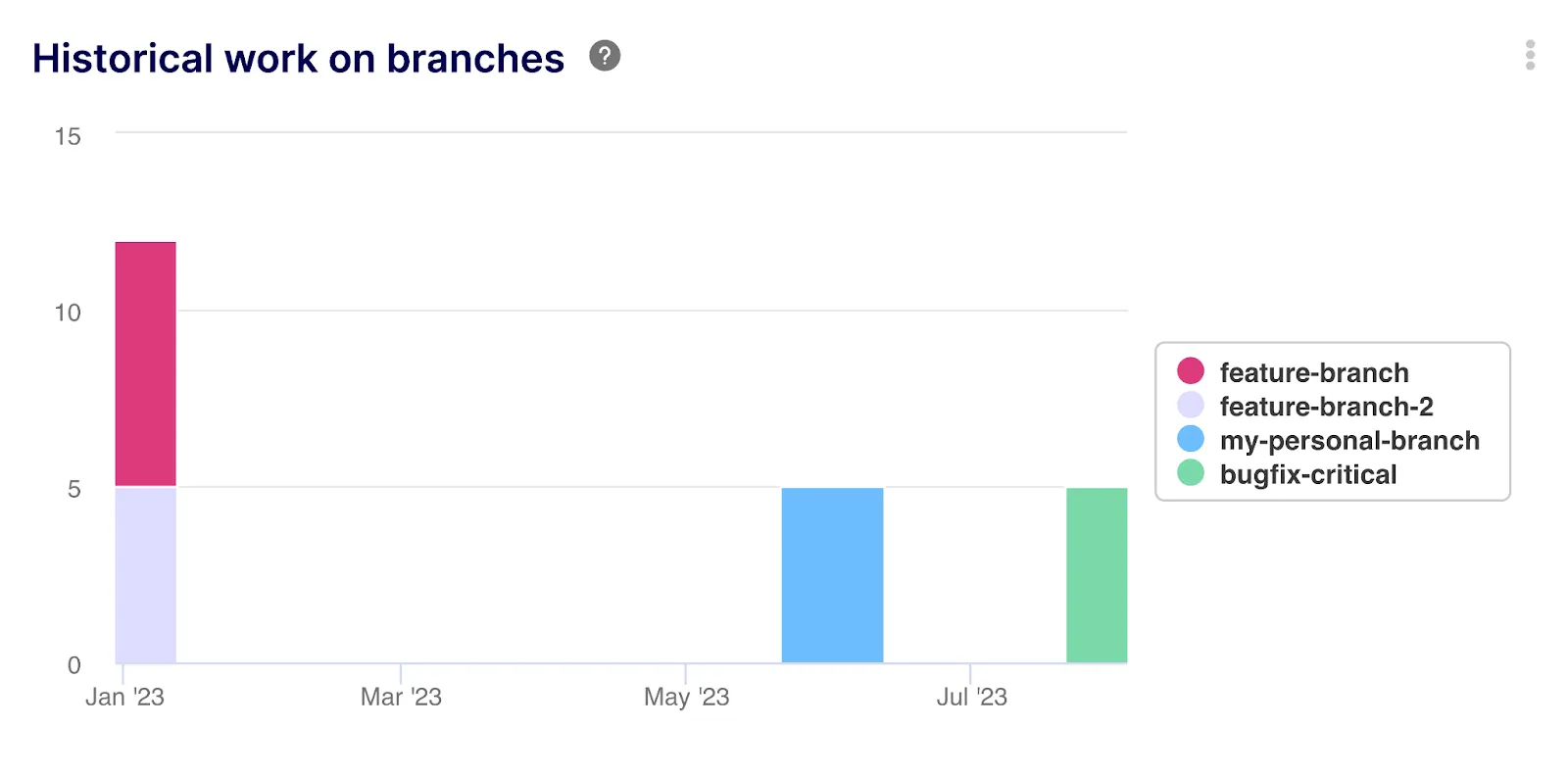
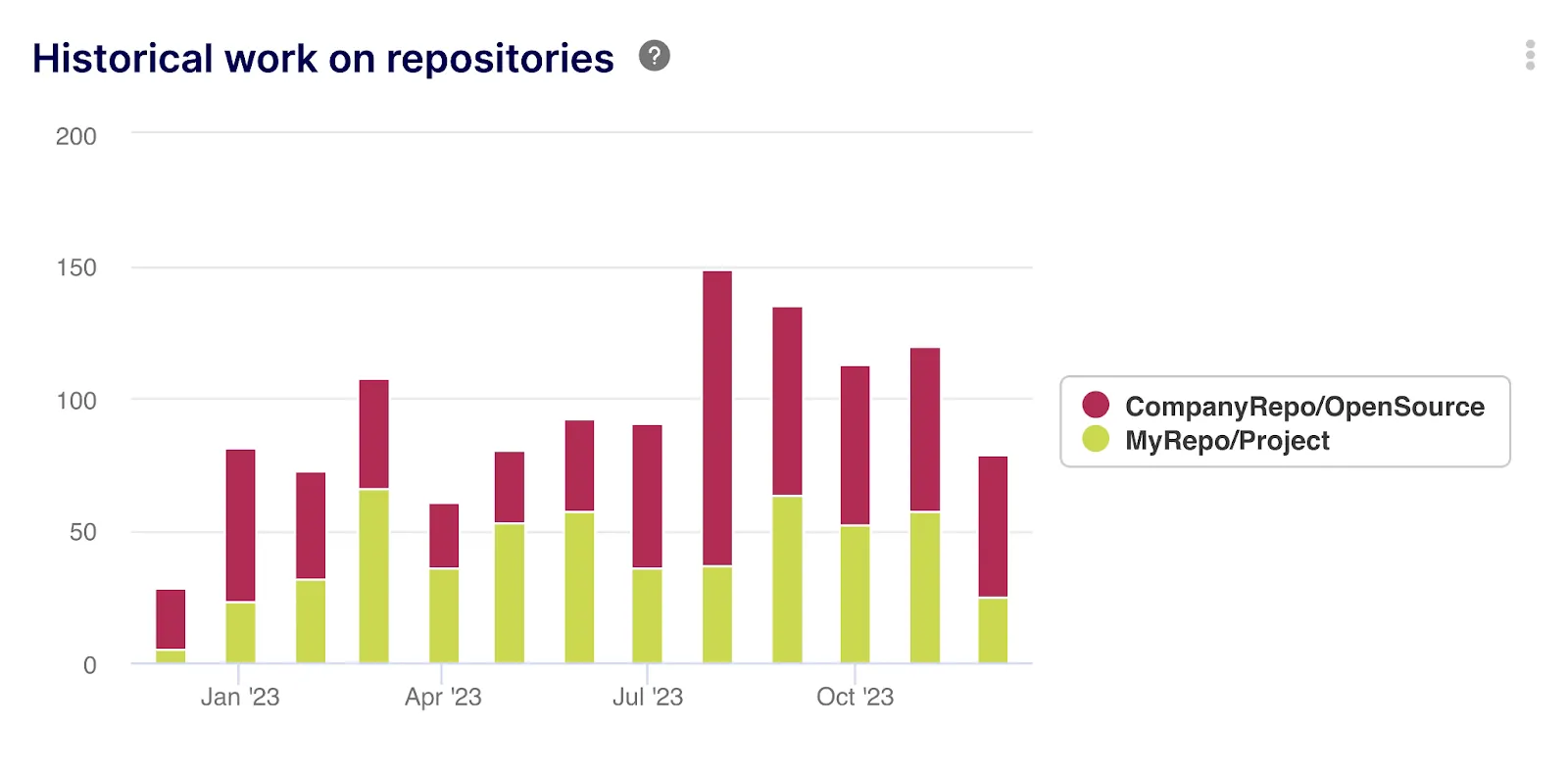
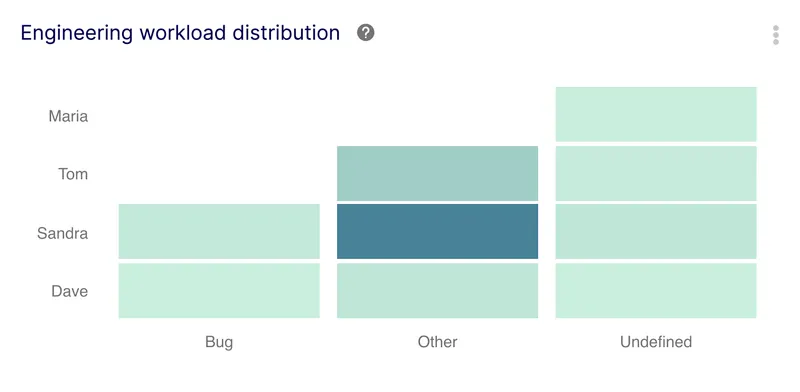
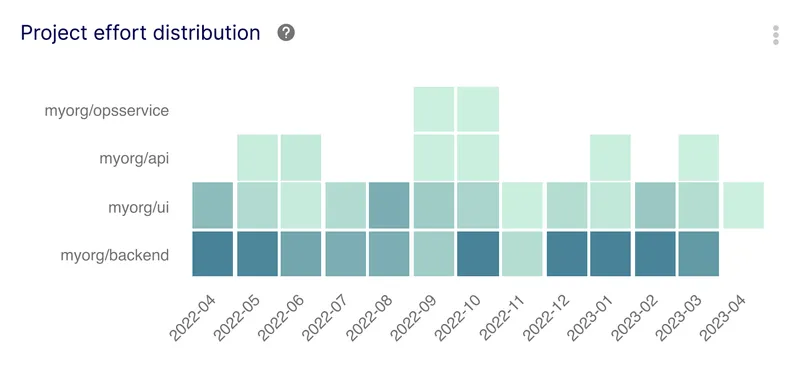
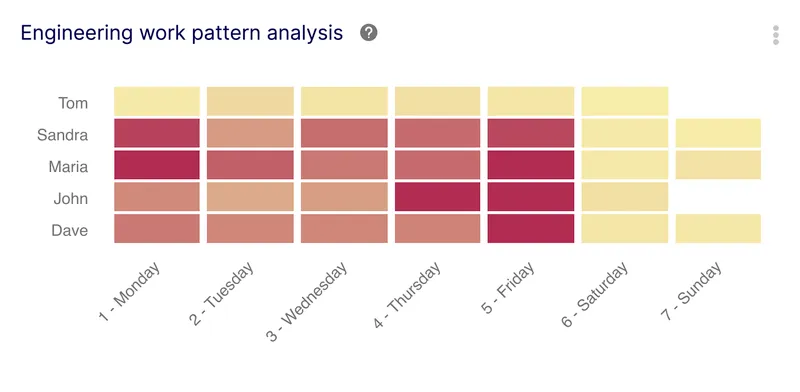
The Developer Summary Dashboard is designed with a focus on promoting a positive work environment. It aims to identify challenges and foster collaboration and improvement, rather than creating a punitive atmosphere. Regular communication and a commitment to continuous improvement are central to this approach.
Incorporate the Developer Summary Dashboard into your workflow not only for metric tracking but also for driving meaningful conversations, improvements, and strategic decisions. This tool is the gateway to a more efficient and effective software development cycle.
OKRs have become a vital tool in aligning developer productivity with organizational goals. They help in setting clear, measurable objectives, ensuring that developers' efforts are not just efficient but also effective in contributing to the company’s success.

The journey from LOC to advanced developer productivity metrics and OKRs represents a paradigm shift in how we perceive and measure developers. As the industry continues to evolve, we can expect even more sophisticated metrics, perhaps integrating AI and machine learning, to provide even deeper insights into productivity, efficiency, and impact.
The integration of data analytics into measuring developer productivity represents a significant advancement in understanding and improving software development processes. Software development analytics tools stand at the forefront of this evolution.


Integrating data analytics in developer productivity measurement is transformative. It empowers organizations to build a data-driven engineering culture, ensuring that decision-making is always grounded in accurate, timely, and relevant data. This not only enhances productivity but also aligns development efforts with the broader goals and strategies of the organization, driving growth and efficiency.


By addressing these challenges with a strategic approach, organizations can effectively incorporate new methods for measuring developer productivity, ensuring a balance between innovation and adoption.


As we conclude "Redefining Metrics: Innovative Approaches to Measuring Developer Productivity," it's clear that the journey from traditional metrics to advanced, data-driven approaches marks a significant shift in the software development landscape. Tools like Keypup have revolutionized how we measure and understand developer productivity, moving beyond simplistic counts to a nuanced analysis that aligns with business goals and project realities.
Embracing these new methodologies is not just about adopting new tools; it's about fostering a culture of continuous improvement, data-driven decision-making, and holistic assessment. As the field of software development continues to evolve, so too will the ways we measure and enhance developers productivity. The future beckons with possibilities of AI integration and predictive analytics, promising even deeper insights into the efficiency, impact, and creativity of developers.
In navigating this transition, organizations must balance innovation with practicality, ensuring that the adoption of new methods enhances rather than hinders the development process. By thoughtfully integrating advanced tools like Keypup, providing comprehensive training, and adopting a gradual implementation approach, we can effectively chart a course through this new era of developer productivity measurement, unlocking unprecedented growth and efficiency.

What are traditional metrics for measuring developer productivity?
Traditional metrics include Lines of Code (LOC), commit frequency, bug counts and resolution rates, and task completion time.
Why are traditional developer productivity metrics considered inadequate?
They often prioritize quantity over quality, provide surface-level insights, and fail to account for collaboration, creativity, and the context of development tasks.
What is the significance of DORA metrics in modern developer productivity measurement?
DORA metrics offer a more comprehensive view of the development process, focusing on efficiency, reliability, and rapid software delivery.
How do tools like Keypup enhance developer productivity measurement?
Keypup provides metrics like Review Time, Merge Time, and Coding Time, which offer detailed insights into specific development stages and overall project health.
What role do OKRs play in measuring developer productivity?
OKRs align individual developer goals with broader business objectives, emphasizing the impact and value of development work.
How can data analytics improve developer productivity measurement?
Data analytics transforms raw data into actionable insights, predicts potential bottlenecks, and customizes assessments to align with specific project and business goals.
What challenges might organizations face when implementing new developer productivity measurement methods?
Challenges include cultural resistance to change, complexity in integrating new tools, and the need for specific skills and training for data interpretation.
How can these challenges be mitigated?
Mitigation strategies include adopting unlimited user plans, providing dedicated onboarding, utilizing custom dashboards, and offering comprehensive training.
What is the future outlook for developer productivity measurement?
Future trends include the integration of AI and machine learning for deeper insights and predictive analytics in developer productivity measurement.
Why is gradual implementation important in adopting new measurement methods?
Gradual implementation allows for smooth transition, encourages feedback-based adjustments, and ensures that new methods align well with existing workflows and processes.